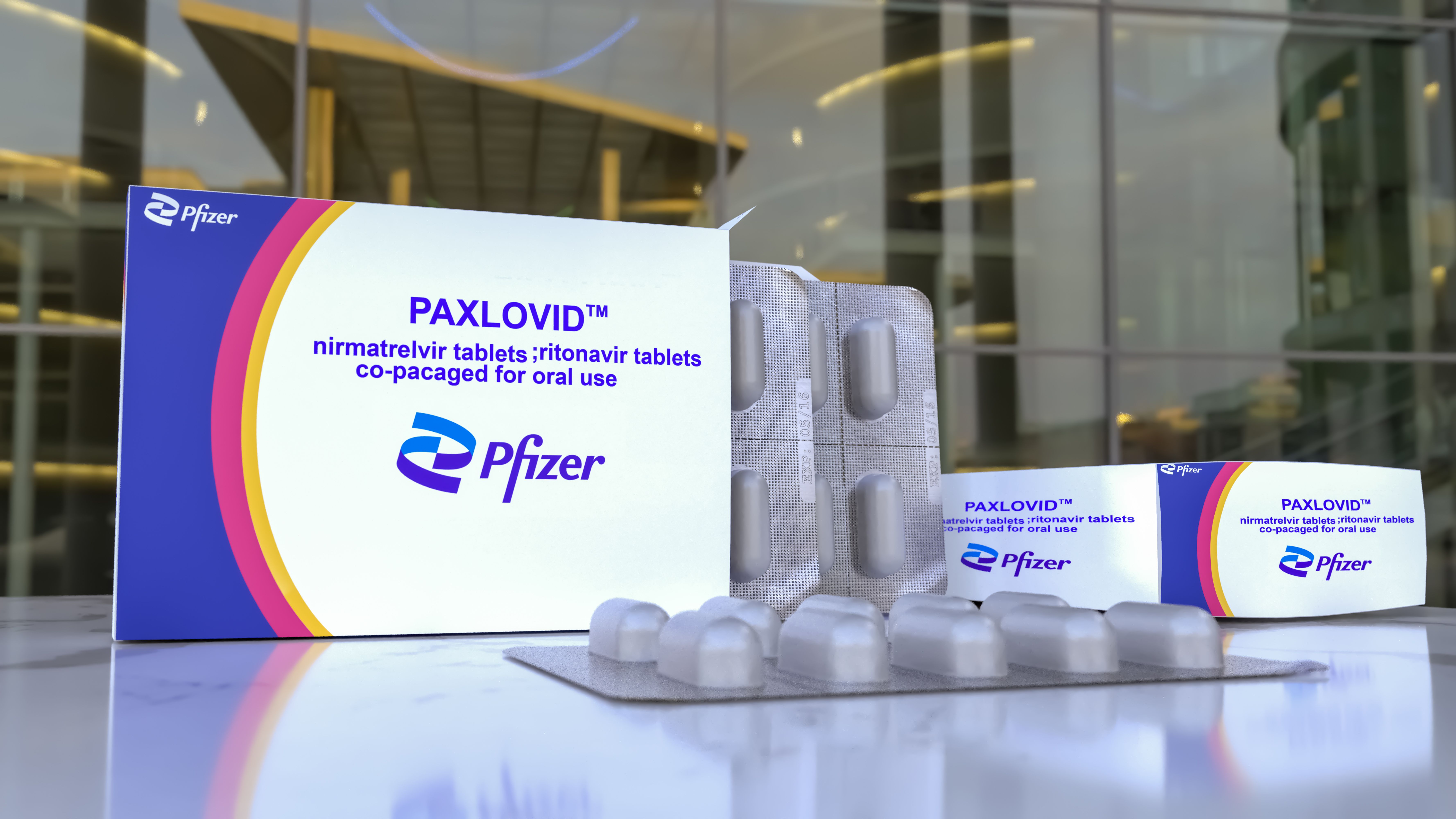Commentary
Article
Clinical Updates: Treatment Options for COVID-19
Author(s):
With wider testing available, diagnosing COVID-19 has become easier and many patients now have access to important treatment options.
Many patients impacted by the COVID-19 virus experience mild illness and recover at home after a few days. Some of the symptoms for these patients include fever, chills, cough, shortness of breath, fatigue, muscle or body aches, headaches, sore throat, and diarrhea. These individuals can usually treat their symptoms with OTC medications such as acetaminophen or ibuprofen.¹
For patients that may have comorbidities or experience more severe COVID-19 disease, there are other treatment options available that can help not only improve the symptoms, but also reduce the risk of hospitalization. These medications are effective especially if they are prescribed and started within 5 to 7 days of the symptoms’ appearance. This is especially important for older adults (>50 years), those who are unvaccinated or not up to date with their vaccinations, and those with certain medical conditions, such as lung disease, heart disease, or a weakened immune system.²
Image credit: Mike Mareen | stock.adobe.com

The FDA has approved and authorized several antiviral medications that can be used to treat mild to moderate COVID-19 symptoms in those that are very sick or at risk of more severe illness, including antiviral treatment medications. Antiviral agents target specific parts of the virus to stop it from growing and multiplying in the body. These options include nirmatrelvir and ritonavir (Paxlovid; Pfizer), remdesivir (Veklury; Gilead), and molnupiravir (Lagevrio; Merck).²
Combination nirmatrelvir and ritonavir is authorized for adults and children 12 years and older and should be started as soon as possible within 5 days of initial symptoms. This medication comes in a 300mg/100mg dose pack and 150mg/100mg dose pack for patients’ use. It is important to educate patients on potential adverse effects, including liver problems, allergic reactions, and drug-drug interactions.
Remdesivir is another antiviral agent that can be used in adults and children. This medication is to be started as soon as possible within 7 days of symptom emergence. Remdesivir is only available intravenously (IV) in a health care facility and is a nucleotide prodrug of an adenosine analog, which binds to the viral RNA-dependent RNA polymerase and inhibits the replication of the RNA transcription. The IV formulation is approved by the FDA for the treatment of COVID-19 patients aged ≥28 days and weighing ≥3 kg. In those hospitalized with COVID-19, treatment with remdesivir should continue for 5 days or until discharge.³
Another option is molnupiravir. This is another antiviral agent for adults, to be started within 5 days of symptom onset. This medication can be taken at home by mouth, and the 4 capsules should be taken every 12 hours for 5 days. Patients can take this medication with or without food.⁴
As of December 2022, nearly 6 million Americans have taken nirmatrelvir/ritonavir.⁵ To date, remdesivir has been made available to more than 10 million patients around the world, including 7 million in 127 countries through the manufacturer Gilead.⁶ As we move forward with COVID-19, many of these medications are becoming more available and affordable for the public.
It is important for the patients taking any of the mentioned treatment options to be knowledgeable about the medications, know how to take them, and for how long. Patients should generally be instructed to report symptoms of sickness, such as fever, chills, cough, shortness of breath, fatigue, muscle and body ache, and headaches to their health care providers as soon as possible, so they can be started on the most appropriate COVID-19 therapy as early as possible for better outcomes. With wider testing available, diagnosing COVID-19 has become easier and many patients now have access to important treatment options against the COVID-19 virus.
References
1. Symptoms of COVID-19. CDC. Updated October 26, 2022. Accessed November 29, 2023. https://www.cdc.gov/coronavirus/2019-ncov/symptoms-testing/symptoms.html
2. COVID-19 Treatments and Medications. CDC. Updated November 17, 2023. Accessed November 29, 2023. https://www.cdc.gov/coronavirus/2019-ncov/your-health/treatments-for-severe-illness.html
3. Remdesivir. NIH COVID-19 Treatment Guidelines. Updated July 21, 2023. Accessed November 29, 2023. https://www.covid19treatmentguidelines.nih.gov/therapies/antivirals-including-antibody-products/remdesivir/
4. Fact Sheet for Patients and Caregivers: EUA of Lagevrio (molnupiravir) capsules for Coronavirus Disease 2019 (COVID-19). FDA. Revised October 2023. Accessed November 29, 2023. https://www.fda.gov/media/155055/download
5. Recht H. COVID-19 treatment Paxlovid has been free so far. Next year, sticker shock awaits. PBS. December 18, 2022. Accessed November 29, 2023. https://www.pbs.org/newshour/health/covid-19-treatment-paxlovid-has-been-free-so-far-next-year-sticker-shock-awaits
6. FDA Approves Veklury (Remdesivir) for the Treatment of Non-Hospitalized Patients at High Risk for COVID-19 Disease Progression. Gilead. January 21, 2022. Accessed November 29, 2023. https://www.gilead.com/news-and-press/press-room/press-releases/2022/1/fda-approves-veklury-remdesivir-for-the-treatment-of-nonhospitalized-patients-at-high-risk-for-covid19-disease-progression
Newsletter
Stay informed on drug updates, treatment guidelines, and pharmacy practice trends—subscribe to Pharmacy Times for weekly clinical insights.






